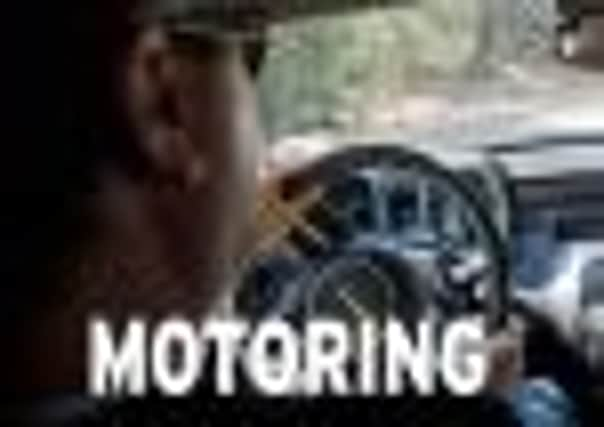‘Rural roads should be part of the driving test’


IAM research shows that 82 per cent of rural fatal and serious casualties are on single carriageway roads compared with just 18 per cent on motorways and dual carriageway roads*.
However the current driving test fails to take this into account. While good instructors understand that experience on a wide variety of roads in different conditions gives young people the best chance of survival, all too many merely educate up to the existing test standard.
Advertisement
Hide AdAdvertisement
Hide AdKnowledge of parking, emergency stops and low speed manoeuvres is important but dealing with high speed corners, bad weather, and overtaking are far more vital skills.
The recent IAM report The Fast And The Curious found that new drivers themselves felt unprepared for real life scenarios and would welcome extra help.
The IAM has written to the road safety minister to outline its views on how it believes the government should tackle deaths and accidents of the highest risk group on our roads, young drivers. This starts with improving the driving test to include training on our most dangerous roads – single-carriageway rural A-roads.
IAM chief executive Simon Best said: “More than half the cars on our roads are rated as four or the maximum five star in European safety tests, and the figure is even higher for new cars. Our roads are also getting safer in their design.
Advertisement
Hide AdAdvertisement
Hide Ad“But the roads where drivers, especially young drivers, are most frequently killed and injured are still not consistently part of the driving test.
“The minister recently announced young drivers would be allowed to use motorways when accompanied by an instructor, but it is single carriageway A-roads where the real problem lies.
“Driver and rider error is a contributory factor in two thirds of accidents. We can only improve our cars and roads so far. The challenge now is to improve the humans that drive them, to continue our outstanding record of road safety.”